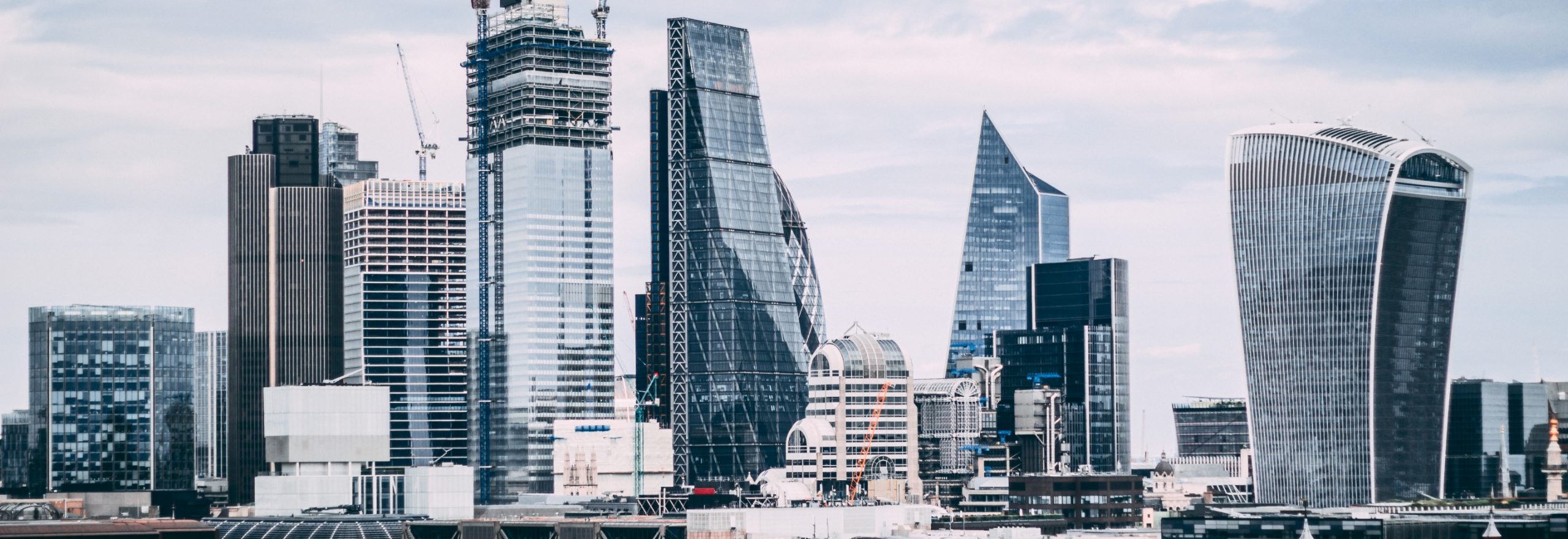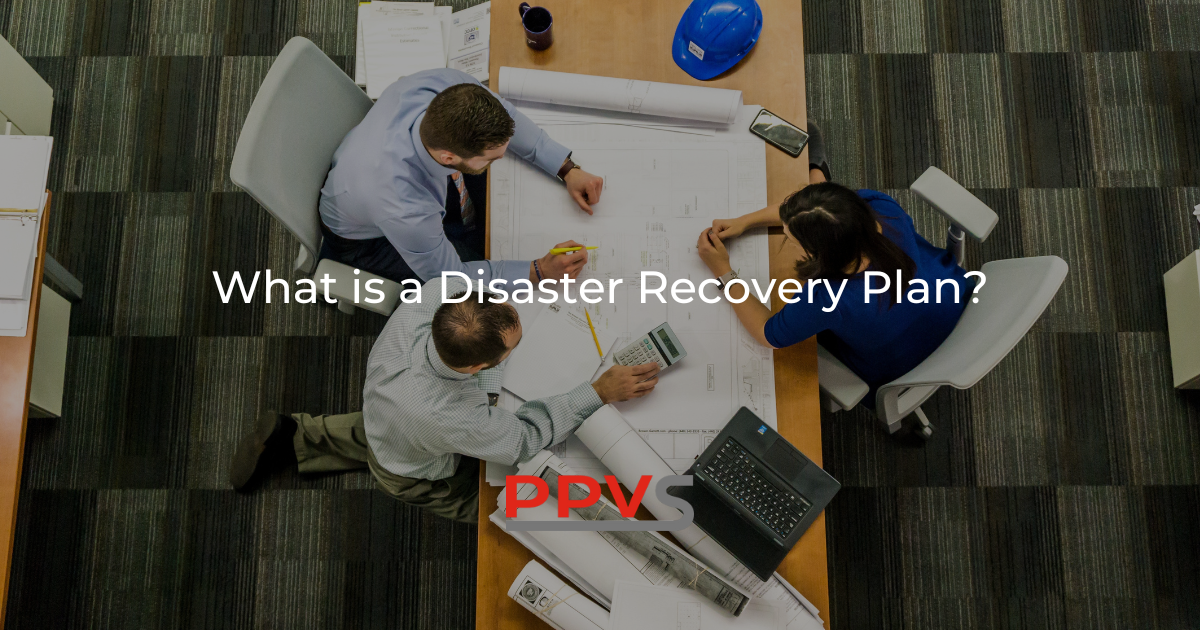PPVS Complete Facilities Management
Home >

What is HVAC Maintenance & Why is it Important?
HVAC systems are essential for many commercial, industrial, retail, leisure, and manufacturing buildings and facilities. And, in order to ensure that these systems are functioning optimally, regular maintenance is required. This includes servicing, cleaning, and inspections.
Regular maintenance of a HVAC system can ensure it’s running efficiently and effectively. It can also help to extend the life of the system by addressing any problems before they become major issues needing expensive repairs or replacement of components. In our latest blog post, we’ll be discussing the importance of HVAC maintenance and how we – at PPVS – can help.
Prevent Costly Repairs & Replacements
Performing regular preventive maintenance on your HVAC unit can help you avoid emergency repairs. A HVAC technician can identify potential issues during a preventive maintenance service, enabling you to address them before they escalate. Detecting normal wear & tear and malfunctions early can result in cheaper and less demanding repairs. HVAC systems are typically maintained in the autumn and spring, which are seasons with temperate weather, making repairs less disruptive than during the peak of summer or winter. During periods of more extreme weather, there’s usually a higher demand for HVAC service calls. As a result, you may have to wait longer than usual for a solution.
If you don’t maintain your system, you may have to endure uncomfortable temperatures during an emergency repair or replacement. By regularly maintaining your system, you can significantly decrease the likelihood of facing such problems.
Maintain HVAC Efficiency
A well-maintained HVAC system operates more economically and efficiently. By regularly inspecting your system, you can ensure that it’s running optimally, resulting in better energy efficiency. A typical sign of an inefficient unit is rising energy costs. If this occurs, you should schedule a maintenance appointment with one of our technicians to ensure that your system isn’t being overworked by outside environmental factors or older parts.
Air Quality
Regular maintenance also ensures that the indoor air quality of a building is safe and comfortable. This means that your HVAC system will be operating cleanly, filtering out dust, dirt, allergens, and other particles in the air. Poor indoor air quality can lead to health issues such as headaches, allergies, and breathing difficulties. Therefore, it’s important to ensure that your HVAC system is maintained regularly for optimal indoor air quality.
Also, if you don’t clean your indoor evaporator coil or use a UV light, it can become moist and humid, creating a breeding ground for bacteria and mould. This can result in increased allergies for anyone in the building.
Save On Energy Costs
In addition to avoiding costly repairs, regular maintenance can help you to save on energy costs as well. A dirty and unserviced HVAC system has to work harder than a clean one in order to maintain the same level of performance. This means that it consumes more energy, resulting in higher utility bills. Having your unit serviced regularly ensures that it’s running at peak efficiency, allowing you to enjoy significant savings on energy costs.
Extend the Lifespan of Your System
Planning regular maintenance for your HVAC system can greatly extend its lifespan. Typically, HVAC systems last between 10 and 20 years, so if yours is in good condition, it’s wise to delay the costly expense of a replacement. Preventative maintenance can help you avoid having to pay for a new system sooner, which can save you thousands of pounds.
PPVS Commercial HVAC Services
At PPVS, we offer commercial HVAC maintenance services that can help you to save time and money. Our team of experienced engineers can inspect your system for any potential issues and address them before they become expensive repairs or replacements. We also provide energy efficiency solutions that can help you reduce operational costs without compromising on the performance of your unit.
If you’re looking for reliable commercial HVAC maintenance services in the UK, get in touch with a member of our team today. We’d be happy to discuss our services and create a customised plan for you to ensure that your HVAC system is running at full capacity. Contact us now to find out more about our preventive maintenance plans.
Home >

What is a Disaster Recovery Plan?
When disaster strikes, the speed at which a property can return to normal operations is critical. A robust Disaster Recovery Plan (DRP) is essential in minimising downtime and ensuring properties – from hotels to real estate assets – resume trading and operations swiftly. This article delves into the definition, components, and importance of a DRP, particularly focusing on how properties in the UK can ensure rapid recovery and business continuity.
What is a Disaster Recovery Plan (DRP)?
Disaster Recovery Plan (DRP) is a structured approach designed to protect a property and its operations against potential disasters. It’s an integral part of a wider business continuity strategy, aiming to restore hardware, applications, and data essential for business operations that have been compromised due to a natural, technical, or human-made disaster.
For properties like hotels, commercial real estate, and other businesses, the need for an effective DRP cannot be overstated. Disasters such as floods, fires, cyber-attacks, etc. can disrupt operations significantly. Having a DRP ensures that these properties can recover as quickly and efficiently as possible, minimising economic impact and maintaining their customer base.
Components of a Disaster Recovery Plan
The effectiveness of DRP hinges on several critical components that work together to create a unified strategy that’s effective and forward-thinking. These components include:
- Identifying Threats: Understanding potential disasters and their impact is the first step. This involves risk assessments and scenario planning specific to the location and nature of the property.
- Recovery Time Objective (RTO) and Recovery Point Objective (RPO): These metrics define the maximum tolerated downtime and data loss. RTO and RPO help prioritise recovery efforts and resource allocation.
- Asset Inventory and Prioritisation: A comprehensive list of all assets and their criticality to business operations. This ensures that the most important assets are restored first.
- Data Backups and Storage Solutions: Regularly updated and secure backups, along with robust data storage solutions, help to prevent data loss and facilitate quick restoration.
- Communication Strategy: Clear and predefined channels for internal and external communication ensure that all stakeholders are informed during a disaster.
- Roles and Responsibilities: A DRP must outline specific roles and responsibilities for staff during and after a disaster to ensure efficient execution of the plan.
Disaster Recovery Plan Steps
A comprehensive DRP will follow a relatively straightforward series of steps to ensure that the plan is rolled out effectively. Below is a general overview of the steps you should use when creating a DRP:
Preparation
The foundation of a DRP is preparation, which includes developing the plan, training staff, and conducting regular drills to ensure everyone knows their roles and responsibilities. This phase also involves setting up infrastructure resilient to potential threats.
Response
Immediate response actions post-disaster focus on ensuring safety, assessing damage, and maintaining communication. This stage is critical to manage the situation effectively and mitigate further damage.
Restoration
Restoration involves steps to bring systems, property, and processes back to operational status. This might include repairs, restoring IT infrastructure, and resuming business processes.
Evaluation and Continuous Improvement
After the recovery, the DRP should be evaluated to identify any gaps or shortcomings. This analysis leads to continuous improvement of the plan, ensuring better preparedness for future incidents.
Common Risks That Impact Recovery
Several risks can jeopardise the effectiveness of a DRP, so understanding these potential pitfalls is important if you want to take steps to avoid them. Some of the most common risks that impact recovery include:
- Insufficient planning: An outdated or untested plan can lead to chaotic recovery efforts.
- Supply chain disruptions: Delays in sourcing essential materials or parts can extend downtime.
- Data loss: Inadequate backups or storage solutions can result in critical data loss.
- Communication breakdown: Poor coordination among teams, vendors, and stakeholders can hinder recovery efforts.
Why is a Disaster Recovery Plan Important?
A well-conceived DRP is vital for mitigating the impact of disruptions on operations. It helps in quickly resuming business processes and also plays a major role in safeguarding the interests of stakeholders and maintaining the business’s reputation in the face of adversity. From damage limitation to streamlining the recovery period, a solid DRP is important because it helps the business remain resilient and agile even in the event of a disaster.
Ensuring Rapid Recovery and Business Continuity With PPVS
At PPVS, we strongly believe in the principle that being well-prepared is the best defence against disasters. Implementing a dynamic, tested, and comprehensive DRP ensures that properties are not only able to handle emergencies but also recover from them swiftly, ensuring minimal impact on business continuity and operations. The goal of a DRP, ultimately, is to make resilience the cornerstone of property management – preserving value and stability in the most challenging times.
We provide a range of different services to help clients recover and resume business operations in the face of all kinds of disasters. Our experienced team have experience in the remedial works, reinstatement, and refurbishment of properties affected by fire, flood, storm damage and more. With our expertise in facilities management, we’re well-equipped to help clients. Contact us today to learn more about how we can assist you in the event of a disaster.

Get in touch to see how we can help.
For general enquiries please fill out the form and our team will be back in touch. Or give us a call or email using the details below.







